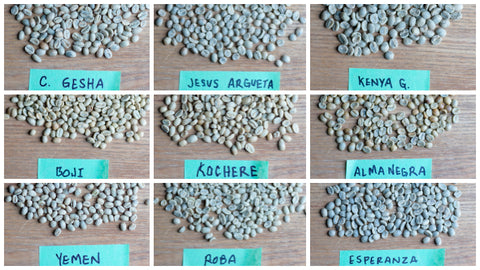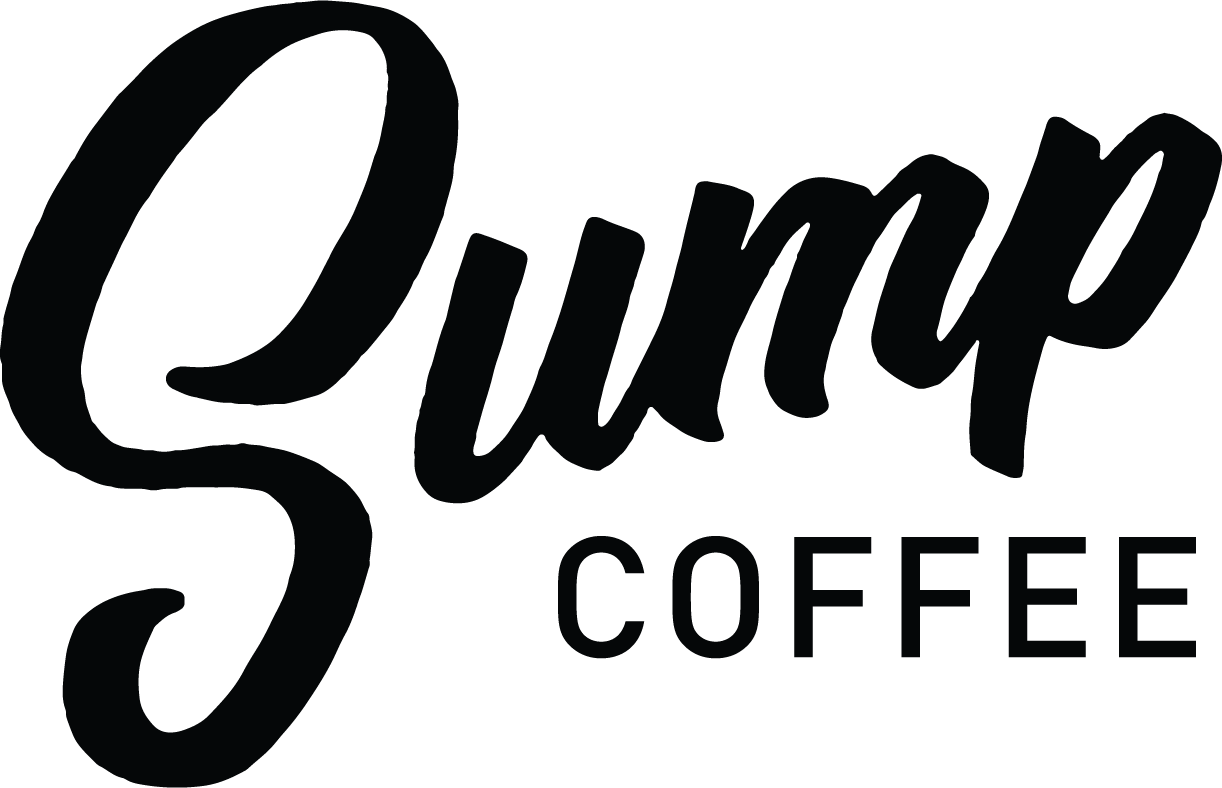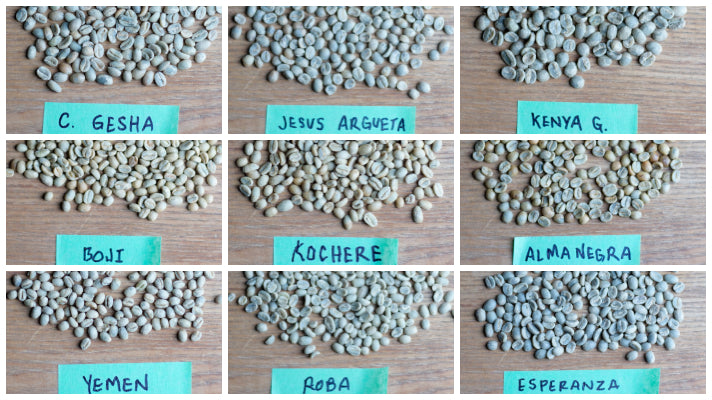

We at Sump spend a bunch of time suggesting (I like to call it knowing) how 'snowflake-like' (pejorative? none intended here. unique or singular preferred.) the coffees we curate and present to you can taste. You might have even heard someone (totally the guy with the beard) say, this is why we don't do a blend or emphasizing (with hooked on phonics like pronouncement) 'single origin'. I personally wrestle with this idea of uniqueness or specialness in coffee regularly. I mean, not really, I see it clearly and plainly; but what about the experience beyond the 'me'? The other, the not me. At the ready I have Hans Christian Anderson's The Emperor's New Clothes short story for a digressive reasoning by analogy; well less the narrative structure and more of the idiom the story has come to represent. The idea that everyone (me) believes coffee is special, more chemically complex than wine, so everyone else (not me) believes it so too. Or more succinctly put via a wiki quote "no one believes, but everyone believes that everyone else believes. Or alternatively, everyone is ignorant to whether the emperor (the coffees) has clothes on or not, but believes that everyone else is not ignorant." I think instead of a handy idiom, I've made a knot. Essentially, we believe it (coffee is very special, unique, singular, an elevated luxury) -but do we believe it because that is what we do (sort of a self induced Jedi mind trick), or is the merit inherent and thus so demonstrating it to the other, non-self is also just as self evident?
For now, let's assume the new clothes are actually real clothes that cover up the bits that need covered and fashioned. The above photo and table is a visual, measured, and recorded attempt at empirical proof, or a set of observables presented that exist outside of personal subjectivity. These coffees represent examples from Central America, South America, Southwest Asia (Arabian Peninsula) and East Africa. They are all the most current crops (i.e., fresh, recent harvest; or were when we pulled them in) from each region. Also, present are examples of natural and washed processed coffees. Also represented are a number of sourcing partners, including a more direct trade relationship we started this year. These additional sourcing partners include Cafe Imports, Caravela, Trabocca, and Olam (through an intermediary partner). Varietals or cultivars include Tuffahi, Dawairi, Jaadi (and other heirlooms) (Yemen, Natural); SL-28, SL-34, Batian, Ruiru 11 (Kenya, Gicherori, Washed); Villa Sarchi, Caturra (Alma Negra, Costa Rica, Natural); IHCAFE 90, Bourbon (Honduras, Jesus Argueta, Washed); Mixed Heirloom (Roba, Ethiopia, Washed); Mixed Heirloom (Boji, Ethiopia, Natural (sister lot to Kochere)); Mixed Heirloom (Kochere, Ethiopia, Natural (sister lot to Boji)); Gesha (Colombia, Washed); Bourbon, Caturra, Pache (Quejina, Guatemala, Washed); Caturra, Castillo, Colombia (La Virgen, Colombia, Huila, Washed); Bourbon, Caturra (Esperanza, Guatemala, Washed (Direct trade) more deets on the farm via other people's words (I made a 5 minute video, but have yet to narrate it (only 8 months plus in the making so stay tuned for pics and video) in the interim try this http://www.seattlecoffeeworks.com/aurelio-villatoro.aspx).
Hopefully I've set the stage in your mind, that the sample size presented is diverse and of decent enough breadth to permit me to draw non-specious conclusions. The conclusion that coffee is special, a worthy luxury, a precious dietary elixir and that Sump currently has a baller list of offerings worthy of a drive to South City in the STL or Westward in Nashville. But first, more words (observations). From the table, densities vary but remain fairly tight over 800 and under 1000 grams/liter. For me, there are a lot of surprises populating the cells. I was expecting the tiny and tight Yemen beans (see photo, like peaberries) to be the most dense. I did not expect La Virgen (the coffee from Colombia to be the heavy weight, big boned coffee). My gut (pre measurement) said Ethiopia beans and the Yemen would be the most dense, with the Centrals and Colombia being less dense. I also expected the Naturals to have the highest moisture content. I know it's lazy thinking, but these coffees always challenge us to find a roast profile where they are not too earthy, mushroom-y or forest floor-like (or at least have those elements present, we want to minimize that stuff) and instead to highlight the fruit (the raison d'etre) and thus a clean cup with low minerality and extra helpings of jammy fruit. Moisture content is roughly the (free, non-bound, not a measure of water activity) mass of water in a sample (quantity of green coffee) relative to the mass of solids (the green coffee) (detected here by a electric current, resistance, conductivity or the like -a physical method, not chemical or evaporative). The moisture content numbers are all within the shared coffee heuristics (shipped coffee should have a %mc between 9 to 13 percent; 9 at port or origin is likely too low and 13 is likely too high). (Too low and the coffee will roast flat and too high and the coffee could mold or present mildewy or spoiled.) There is another, likely, more important moisture number and that is water activity (bound, cellular water); but those tools start to have very high cost creep and are better for the (our) importing partners (who have warehouses of coffees) to have those than us.
So dear reader, what's the payoff for yet another digressive coffee post? Here it is, these coffees are wild, they don't like to let you draw sweeping conclusions or as the Swayze (Johnny) said it best, 'nobody puts Baby in a corner.' That's what these coffees are saying to me. They are indeed snowflakes. In all probability, the next step is to pull the roast curves for all these coffees and look at what we had to iterate through (in terms of roast curves and approaches) to arrive at the cups we decided to settle on before we started sharing them with you. The net-net is, those new clothes are indeed new clothes (hint, these coffees are special). And like all fashions, highly coveted, but will not last long -so drop by before the year is out and try one of these green coffees turned brown and brewed (or bagged) to ordered, and as you do you'll be doing it with a bit more insight and detail.

